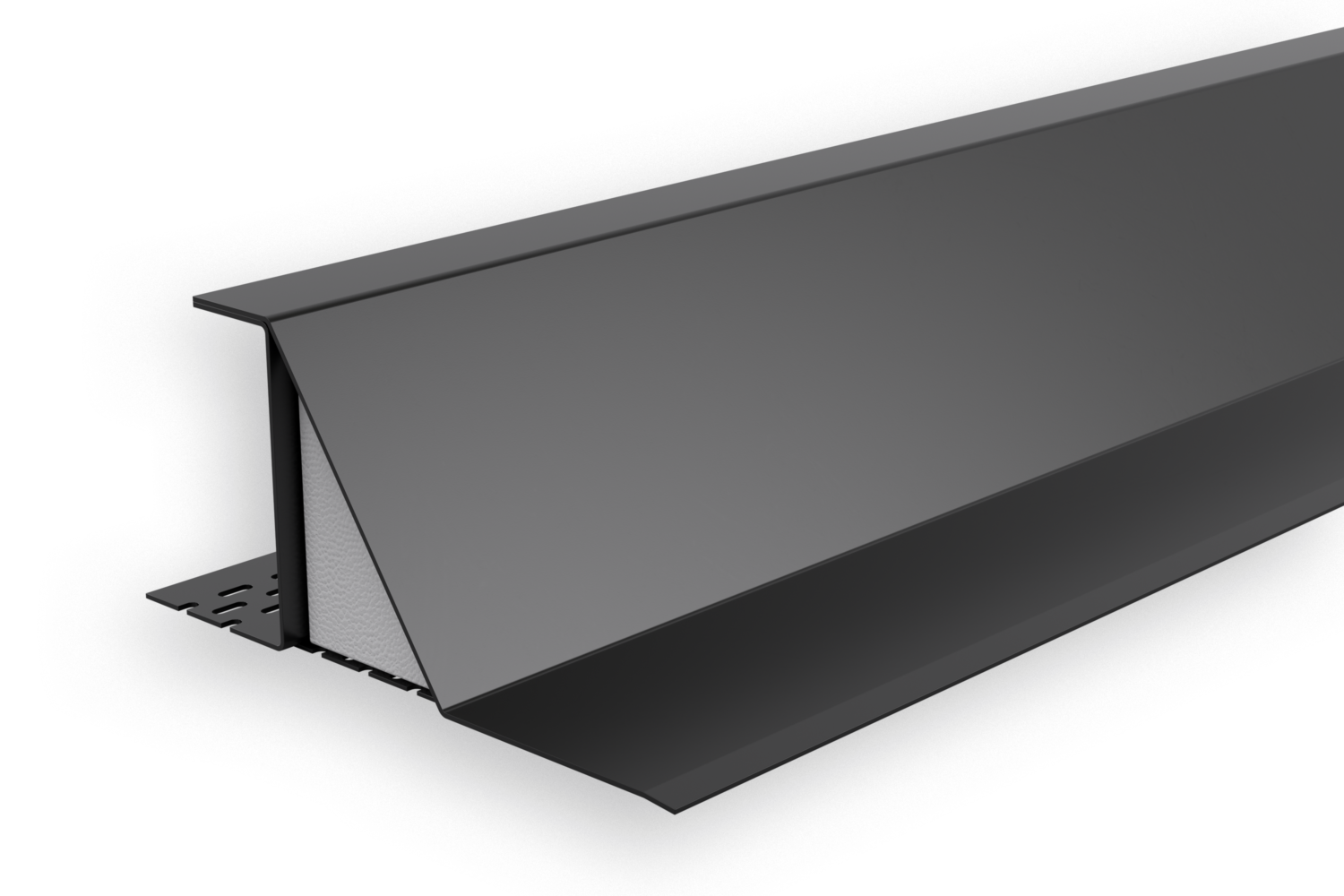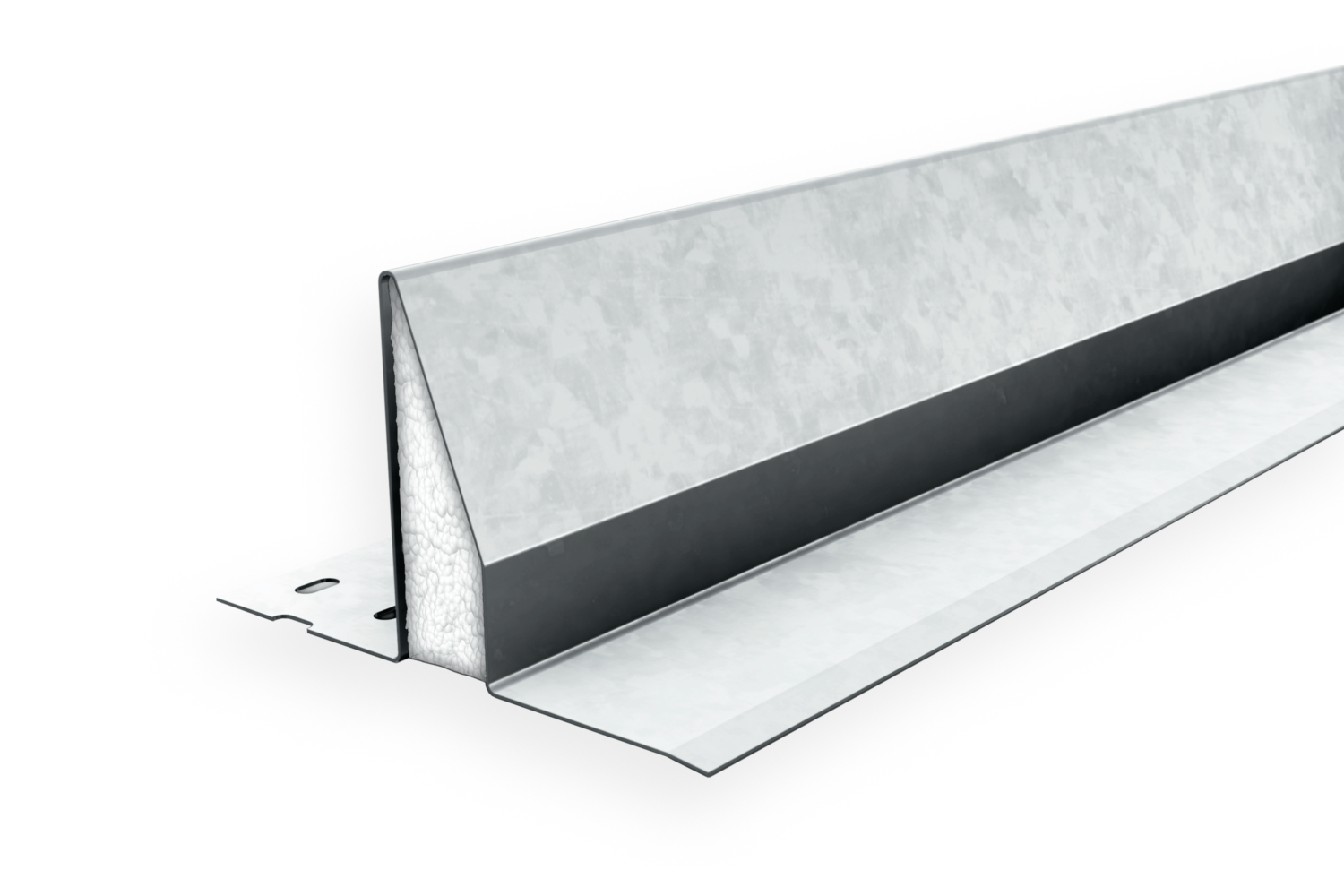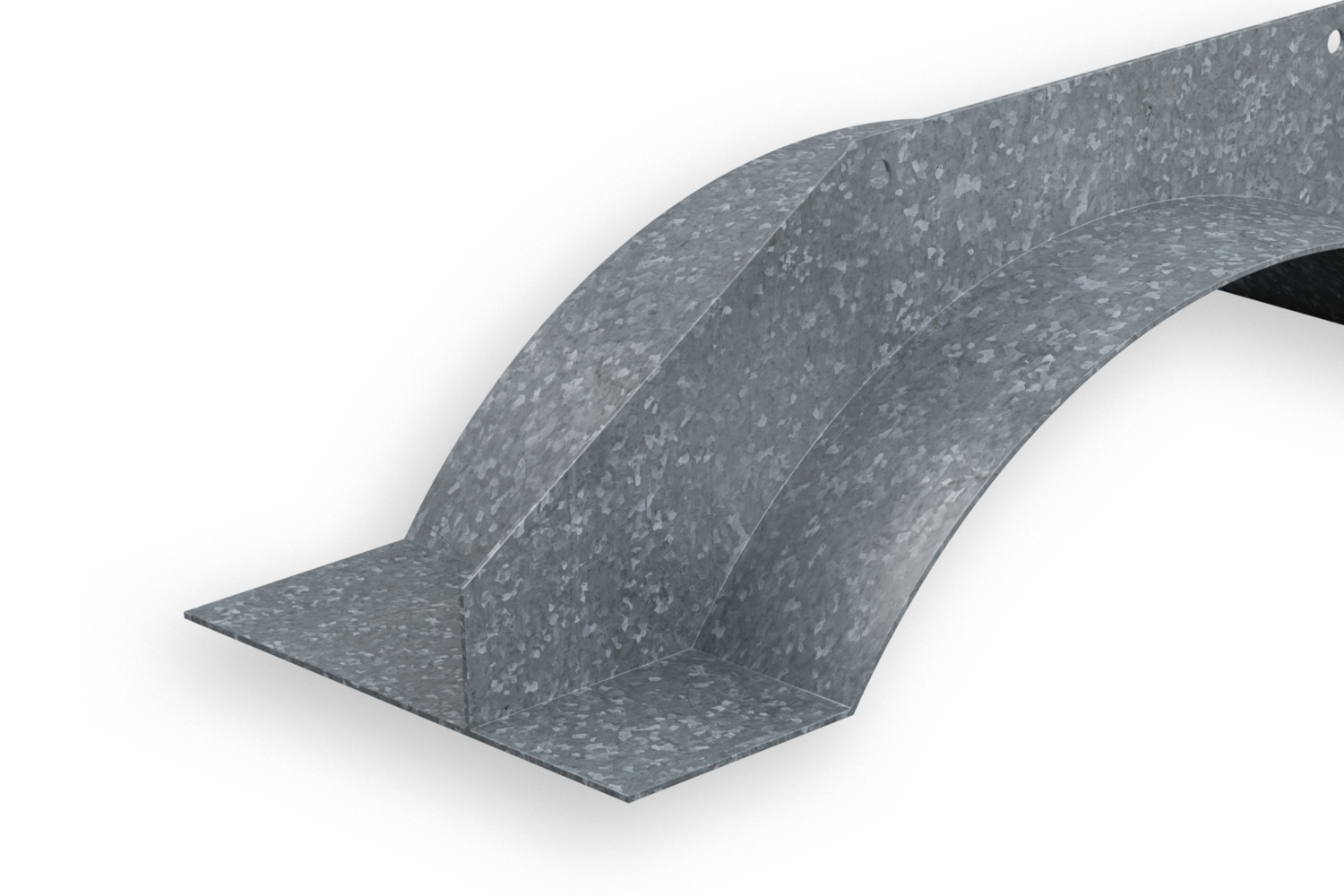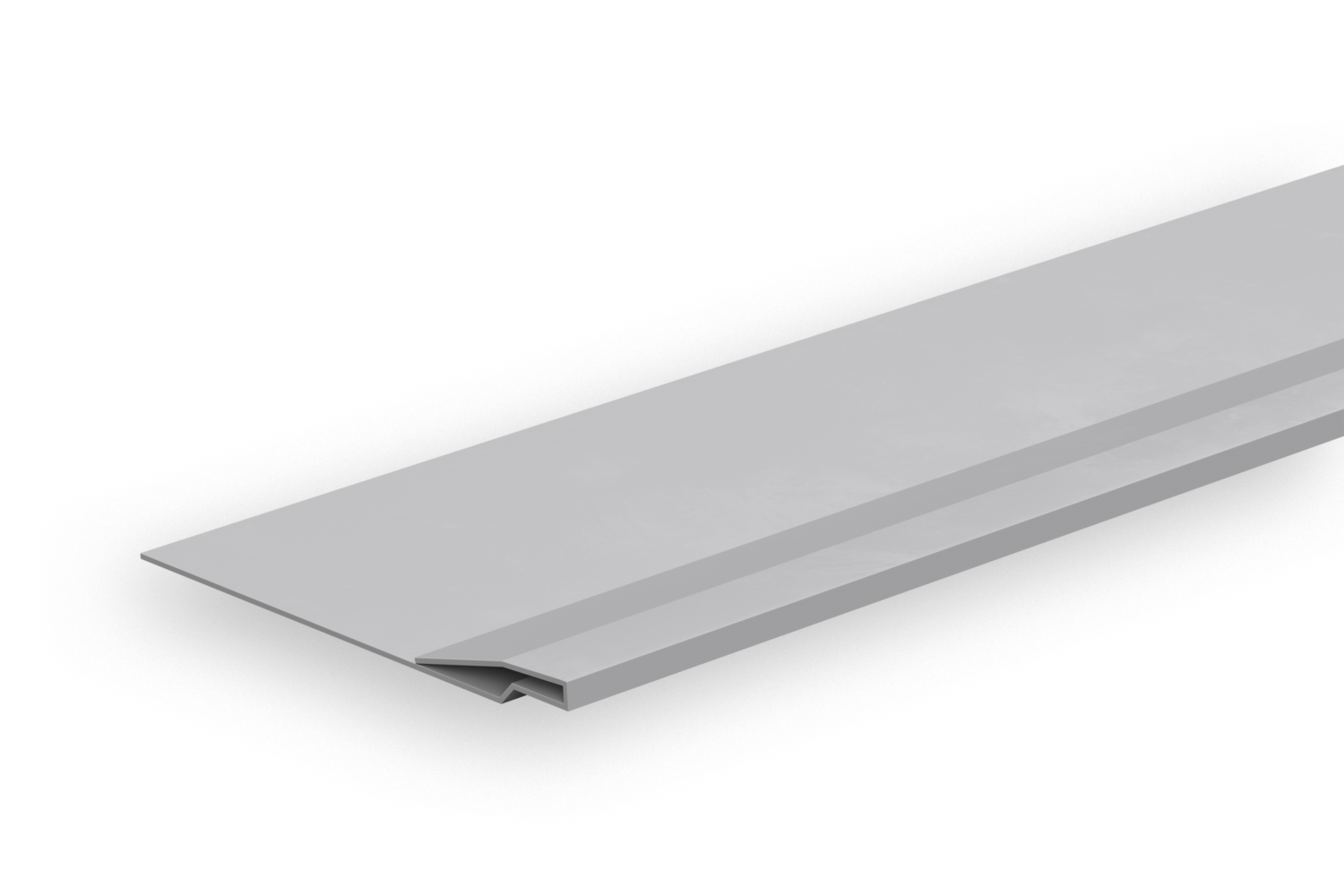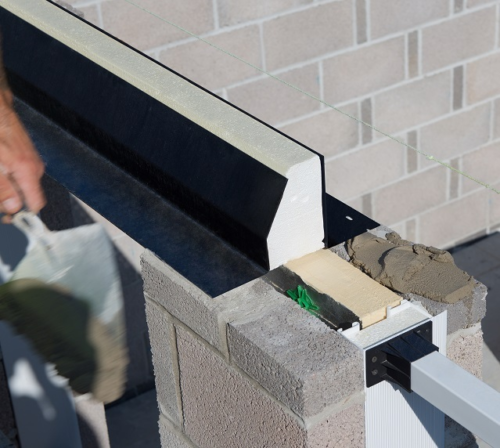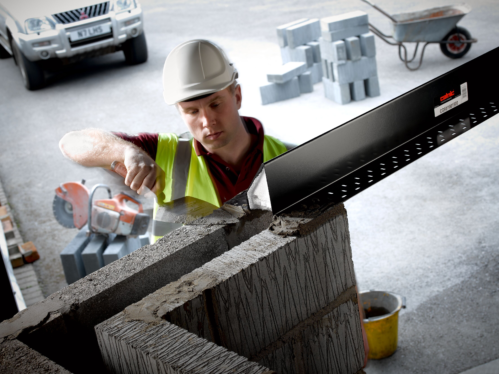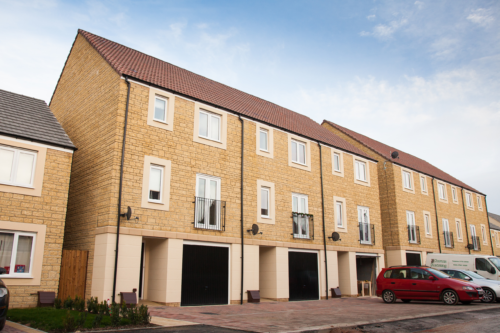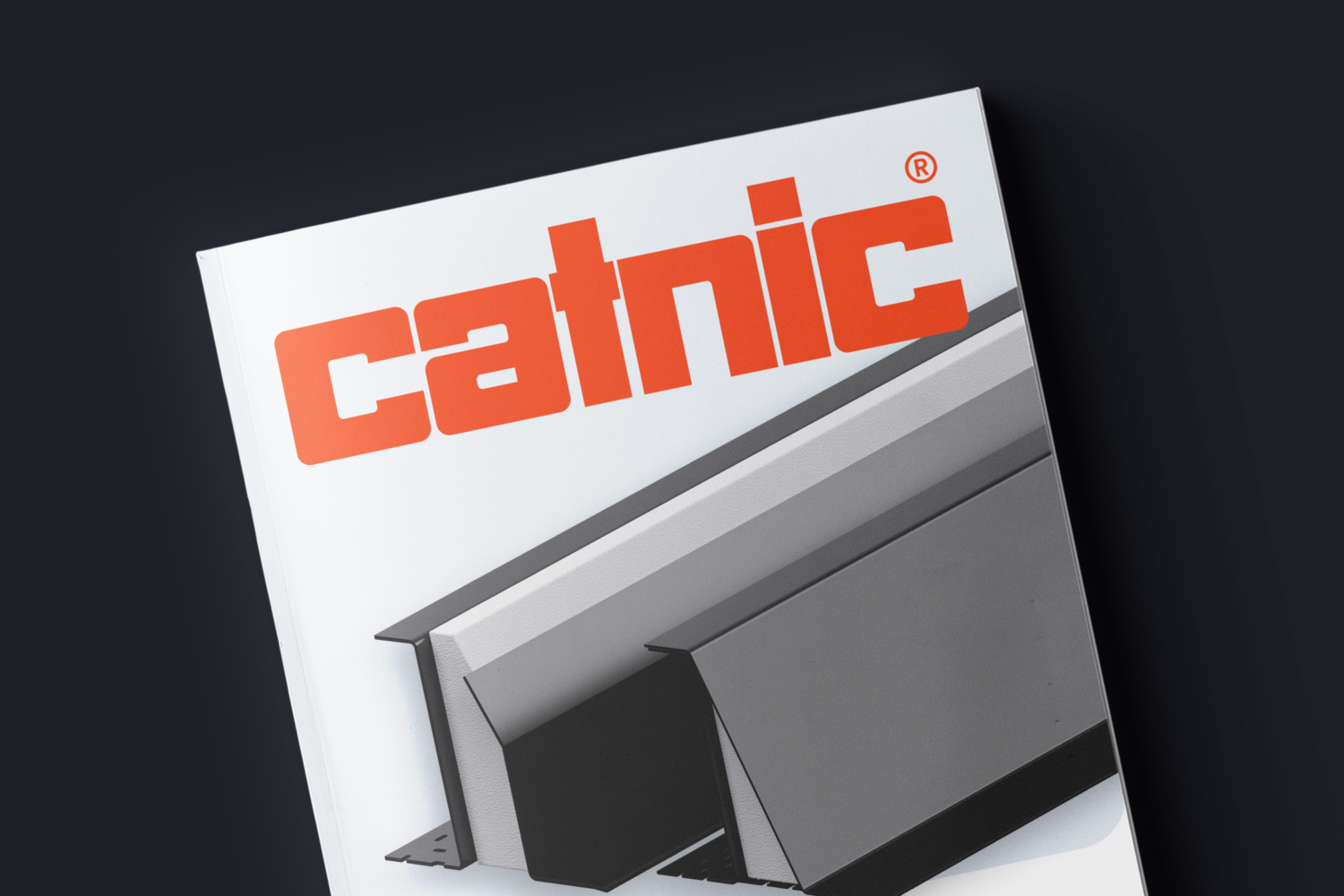Support & FAQs
A lintel is a structural element used in the construction of buildings to provide strength and support over openings. Steel lintels are made in many shapes and sizes, depending on the wall type and aperture size. Catnic offers lintels for traditional cavity walls, timber frames, as well as internal and external solid walls.
Lintels are used to support load from masonry, flooring, and roofs above an opening.
The size of lintel you need is mainly determined by the structural opening span you have to cover, plus an additional 300 mm. When correctly specified, a lintel should have a 150 mm bearing on either side of the clear span, be fully bedded on mortar, and sit on top of masonry.
Read more:Lintel size guide: How to specify lintel dimensions
Calculating the load imposed on lintels depends on a variety of factors, including the wall type in which the lintel is installed, and whether floor or roof loads need to be accounted for in addition to masonry loads.
Lintels are primarily designed to support uniformly distributed loads (UDLs), but on occasion, when point loads occur, they also need to be considered. This guide only provides an overview of how the loads on the lintel are established and should not be used as a substitute for obtaining loading calculations directly from the lintel manufacturer or a qualified structural engineer.
Specifying Catnic’s Thermally Broken Lintels (TBLs) will significantly improve the thermal efficiency of a property and help ensure that the project’s necessary environmental credentials are met. It is the only steel lintel on the market with no connecting brackets, providing a complete thermal break in the cavity.
Specifying Catnic TBLs can be done with ease as they have the same safe working loads as Catnic’s traditional cavity wall lintels – meaning TBLs can be specified like for like. Catnic TBLs can therefore be used for standard duty, heavy duty and extra heavy applications, making them suitable for a wide range of projects with cavities from 90 to 205 mm. You'll find our full range here.
What our customers think
Video Guides
When selecting a lintel, there are three factors that should be considered to ensure the correct specification: the type of wall construction, the dimensions of the structural opening and the total load on the lintel. In this video, we run you through the lintel selection process.
Once you have chosen the correct lintel for your project, it is crucial that the lintel be installed properly – if it is not, it could lead to serious issues for the building. In this video, we explain the installation considerations for cavity wall lintels.
Catnic’s Thermally Broken Lintel is the only lintel on the market to provide a complete thermal break between the inner and outer leafs. In this video, we outline the key benefits of Thermally Broken Lintels and explain the installation process.
Steel lintels, and specifically Catnic's thermally broken lintels, have a significant role to play in reducing thermal bridging and achieving carbon gains. They represent one of the simplest and most economical ways for building fabric to be designed and constructed to help achieve the carbon gains necessary to meet current and future building regulations.
